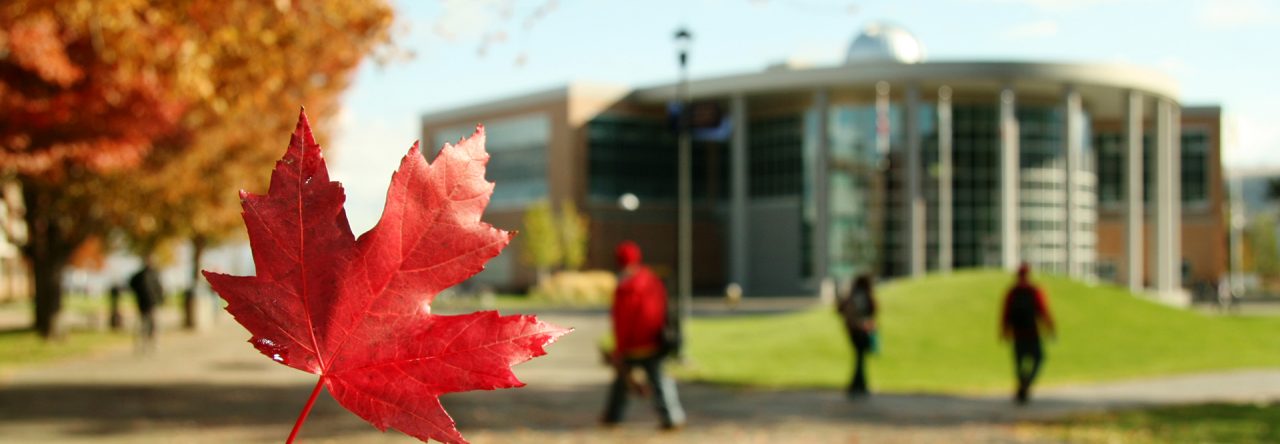by Alexis Brown and Carolyn Ives
Teaching the Whole Student: Incorporating Spiritual Learning
Educators have long relied on learning taxonomies to help them determine and articulate what learners should be able to know, do, and value by the end of a lesson, course, program, or credential. One such taxonomy is one developed by Bloom (1956) and updated by Krathwohl, Bloom and Masia (1964), which outlines three domains of learning: cognitive, psychomotor and affective. It’s a taxonomy many at TRU use to develop curriculum.
At the Interculturalizing the Curriculum workshop offered by Kyra Garson in May 2019, I was introduced to a different taxonomy: noting a gap in the domains posited by Bloom, Marcella LaFever (2016) reimagined Bloom’s taxonomy and added a fourth domain — the spiritual domain — and aligned all four learning domains with the Medicine Wheel, explaining that the spiritual domain was “essential for balance in . . . support[ing] students in their learning goals” (p. 409). The levels of learning in the spiritual domain LaFever introduces include honouring, value/d, connect/ed, empower/ed, and self-actualize/d. The reimagined taxonomy appears on page 417 of LaFever’s article, and the associated verb list appears on page 418.
LaFever also notes the challenges of assessing these kinds of learning outcomes, and she offers possibilities, such as reflection work, oral storytelling, demonstrating a commitment to relationship-building, role-playing and articulated plans for self-growth (p. 419). As many of us are intentionally striving to teach the whole student, considering learner spiritual growth is one way to acknowledge that students have multiple dimensions of learning beyond the cognitive.
LaFever also acknowledges her positionality as a non-Indigenous researcher and shares her challenges of and approaches to doing this work (p. 410-11). However, if post-secondary institutions wish to decolonize the curriculum, it will have to be taken on as everyone’s work, not only that of Indigenous staff and faculty. Considering the spiritual learning of students is one such approach we all can take.
Link to LaFever’s article: “Switching from Bloom to the Medicine Wheel: creating learning outcomes that support Indigenous ways of knowing in post-secondary education”
The second resource we have selected for you in the spiritual domain is a video by Secwépemc storyteller Kenthen Thomas. Spirituality is the fundamental interconnectedness of all things, being attached to mother earth (RCMP Aboriginal Policing Services, 2010 as cited in Lafever, 2016). The domain of spirituality underpins and connects all other domains and is focused on rising above self to attend to others. Thomas’s video is a way to begin considering how to incorporate the spiritual learning domain through honouring Secwépemc teaching on the interconnectedness of storytelling and land, the laws that emerge from these stories, and how stories guide us to make ethical decisions in all disciplinary fields.
Link to Thomas’s video: Kenthen Thomas: Storytelling and the Link to the Land (youtube.com)
We’d like to invite you to consider one or more of the courses you teach:
Is there a way spiritual learning can be integrated?
If you’re designing a new course, could learning outcomes be included from the spiritual domain?
If CELT can support you in integrating learning in the spiritual domain into your courses, please reach out to us at celt@tru.ca.
References and Resources
Bloom, B. S. (1956). Taxonomy of educational objectives: The classification of educational goals. Longmans, Green, & Co.
CRICKET: Course renewal in a kit. (2019).
Krathwohl, D. R., Bloom, B. S. Bloom, & Masia, B. B. (1964). Taxonomy of educational objectives: The classification of educational goals. Handbook II: The affective domain. New York: David McKay.
LaFever, M. (2016). Switching from Bloom to the Medicine Wheel: creating learning outcomes that support Indigenous ways of knowing in post-secondary education. Intercultural Education, 27(5), pp. 409-424. DOI: 10.1080/14675986.2016.1240496.
Thomas, K. (2020). Storytelling and the Link to the Land. YouTube. Last retrieved July 3, 2024.

Leave a Reply